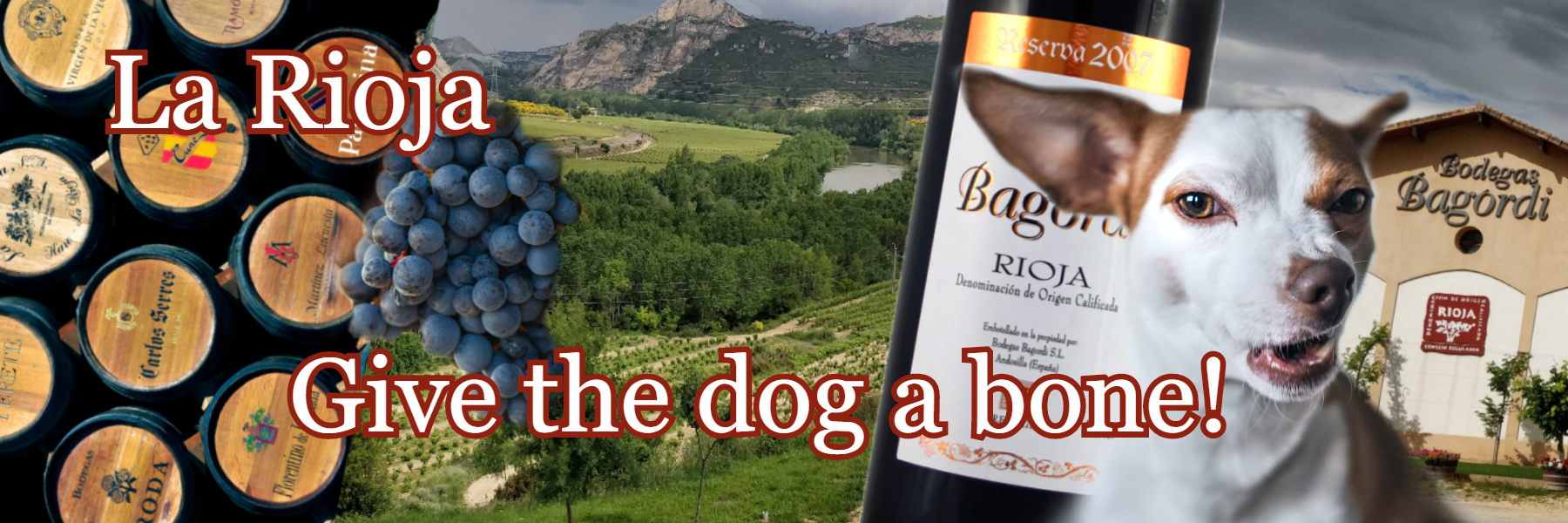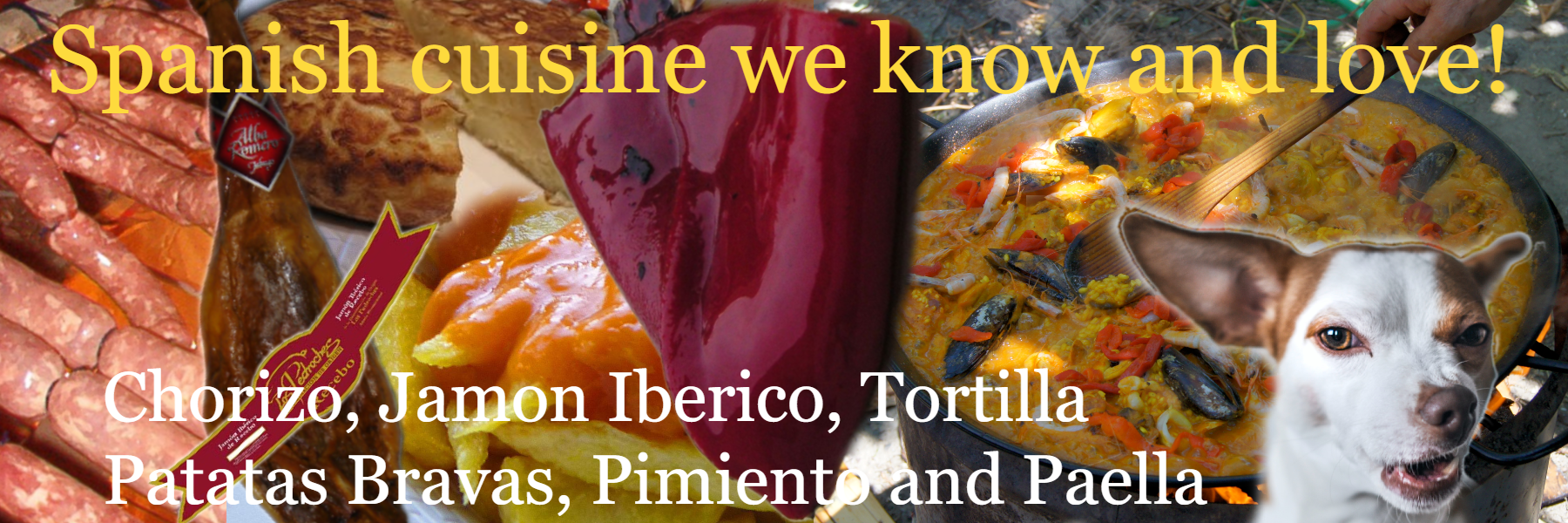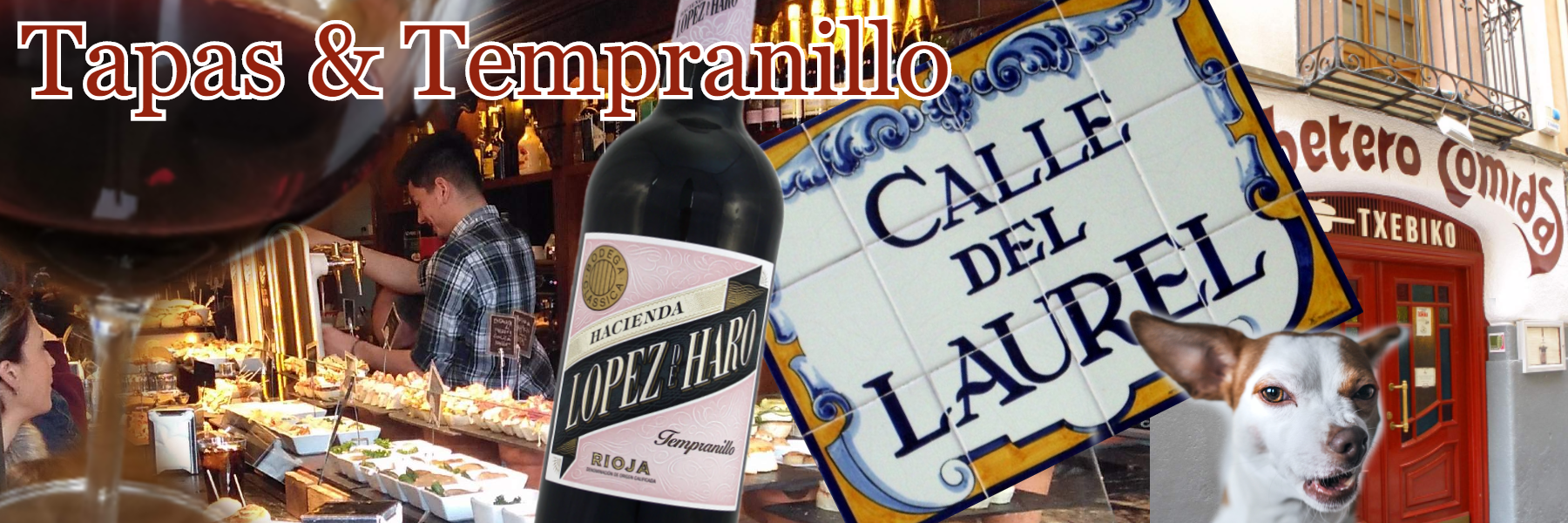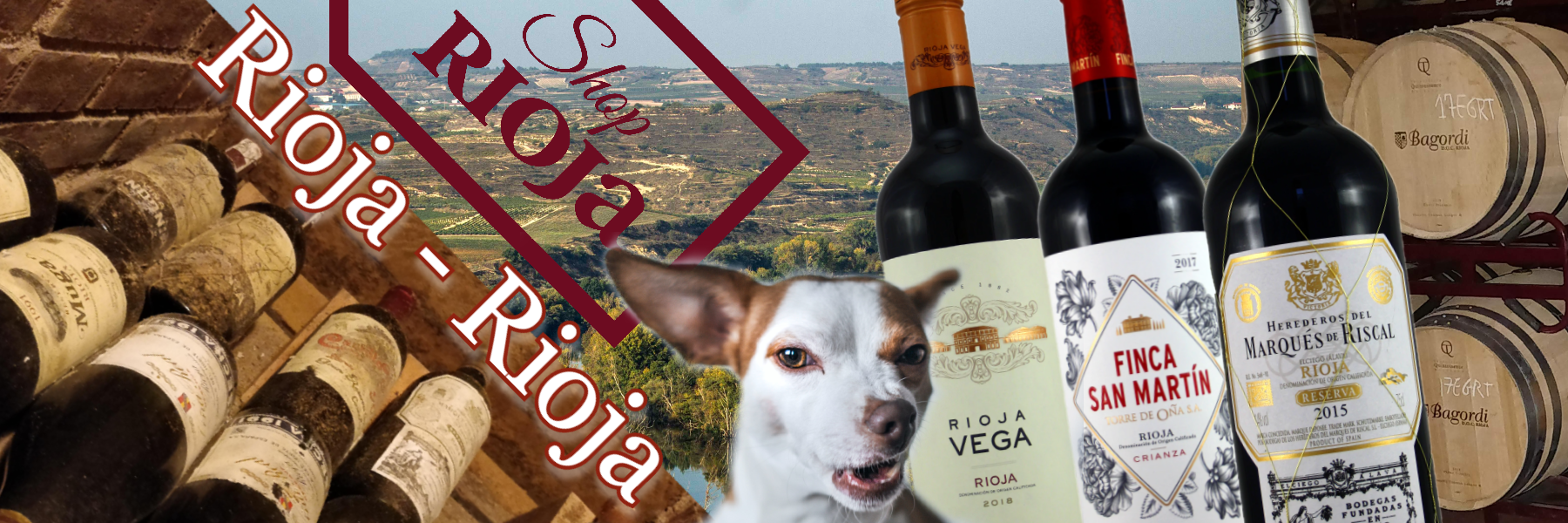As a wandering oenophile, I have the urge to see where my favourite wines are made. Today, that’s proving impossible to do, so I’ll try to recall an earlier experience from Spain’s most famous wine region, “La Rioja”.
Shipping out by ferry from Plymouth, it all started well. The journey to Santander, on the north coast of the (Spanish) Basque country, was an over-night one and, once I’d found my cabin deep in the bowels of the ship, I decided to explore my surroundings. Moving away from the UK, the sea was becoming noticeably choppy. Not good, and a sign of much worse to come!
Trying to adjust to the violent motion, I thought that going on deck for some fresh air would help, but the opposite was true. Maybe a snack would do some good? It was a long time before arriving in Spain the next morning and the next opportunity for food wasn’t until reaching the hotel. But, it was now getting seriously rough and becoming almost impossible to even walk down the corridors without being bounced from one side to the other. I even saw chairs in the ferry’s restaurant sliding out from under the tables by themselves. Moving in three directions at once is disconcerting and not conducive to eating, so back to the cabin. Even without more food, the travel took its obvious toll on me, but I survived. There was bound to be plenty of tempting, local cuisine to have alongside bottles of delicious Rioja wines. Happy times ahead!
With the rain still pouring down, myself and my fellow travellers boarded the coach and headed off into the darkness towards the mountains. In fact, it was so dark it felt like it was still night, even though my watch claimed it wasn’t. Anyway, vineyards, bodegas and wine would soon be here. I couldn’t wait.

Rioja has always been a favourite wine of mine and the “go to” recommendation for anyone wanting something to drink with lamb dishes. I assumed it would be a classic, British-style roast leg of lamb, but I couldn’t have been more wrong… the Spanish have a liking for eating parts of animals that we tend to feed to our pets. Give the dog a bone/heart/lung/intestine/testicle/pig’s ear/trotter, not me!
The local delicacies (?) and traditional specialities were all served to the unsuspecting tourists at various bodega dinners and at restaurants. There seemed to be a distinct lack of “normal” cuts of meat that were actually appetising. I wondered where all the steak and lean, pork loin had gone. Surely, they couldn’t get it wrong with the lamb? I’d had some amazingly tender lamb in Australia many years’ ago with an ancient, 1960’s Yalumba Cabernet/Shiraz. That was a really special meal.
So, when given the option of either a bowl of assorted, boiled tripe, or the recommended “Chuletilla” (lamb cutlet, they said), I thought, when in Rioja, let’s eat the regional lamb dish. I was presented with what appeared to be a pile of greasy, fatty, bones. It looked like something from a horror film! Where was the meat? In fact, there was nothing else on the plate to eat; only BONES. It was enough to convert you to a vegetarian diet… but the WINES made it all better.

Luckily, more of above Spanish food classics were encountered, along with numerous examples of simply stunning wines from both the “big names” and producers that I’d never even come across in my many years in the wine trade.
Visits to well-known Bodegas, such as Marques de Riscal (a glorious “must have” 2001 vintage “150th Aniversario Gran Reserva” was immediately purchased here to take home), Marques de Caceres, Remelluri and the very traditional, La Rioja Alta (splash out on their “904”) & Lopez de Heredia (making unbelievably long-barrel-aged “Gran Reserva” wines in red, white and even rosé styles) and the fantastic, completely undiscovered, almost ethereal wines (and impossibly tasty “tortilla de patata”) from Murua (many, many wines were bought here!), all came and went over the next few days.
One tasting, organised by the Rioja Consejo Regulador, had around 50, out of over 600 possible, different producers’ wines represented, most of whom were unknown to me at the time, including the likes of Benjamin Romero & Remeriz de Ganuza (both now selling for hundreds of pounds a bottle).
Some of my many other favourites (not visited) include Murrieta, Muga, Artadi (now seriously expensive and not being sold as “Rioja”!), Roda, and Sierra Cantabria. The list goes on.
As for the new boys, most with tiny production, you should look out for wines from Artuke, Olivier Riviere, Pujanza, Telmo Rodriguez, Paganos and Abel Mendoza (a particularly strong range of whites and Graciano reds).
In Spain, in the La Rioja region itself, much of the wine consumed is either fresh “Joven” (young, unoaked), or slightly more mature “Crianza” (one year in oak). The “Calle del Laurel” tapas bars in Logrono are the perfect places to sample these wines along with a huge range of, often unidentifiable, foods!

For its reds, Rioja wines use a combination of mainly Tempranillo with support from Garnacha, Mazuelo (Carignan) and Graciano varieties (Plus, the rarely seen, Maturana Tinta, Maturano and Monastel de Rioja) and, for its whites, the traditional grapes include Viura/Macabeo (a minimum of 51% of the blend), Malvasía de Rioja , Garnacha Blanca, Tempranillo Blanco, Maturana Blanca and Turruntés de Rioja. Recently, other grapes allowed include Chardonnay, Sauvignon Blanc and Verdejo and these may be added to include up to 49% of the blend. Some Rioja is made using just one grape variety, but most are blends…and there is nothing wrong with a blend…and don’t let anyone tell you differently!
Stop me… I’m getting all technical again.
Please, just enjoy the wines and the food of #Rioja and, if the dog wants it, give it a bone to chew.


